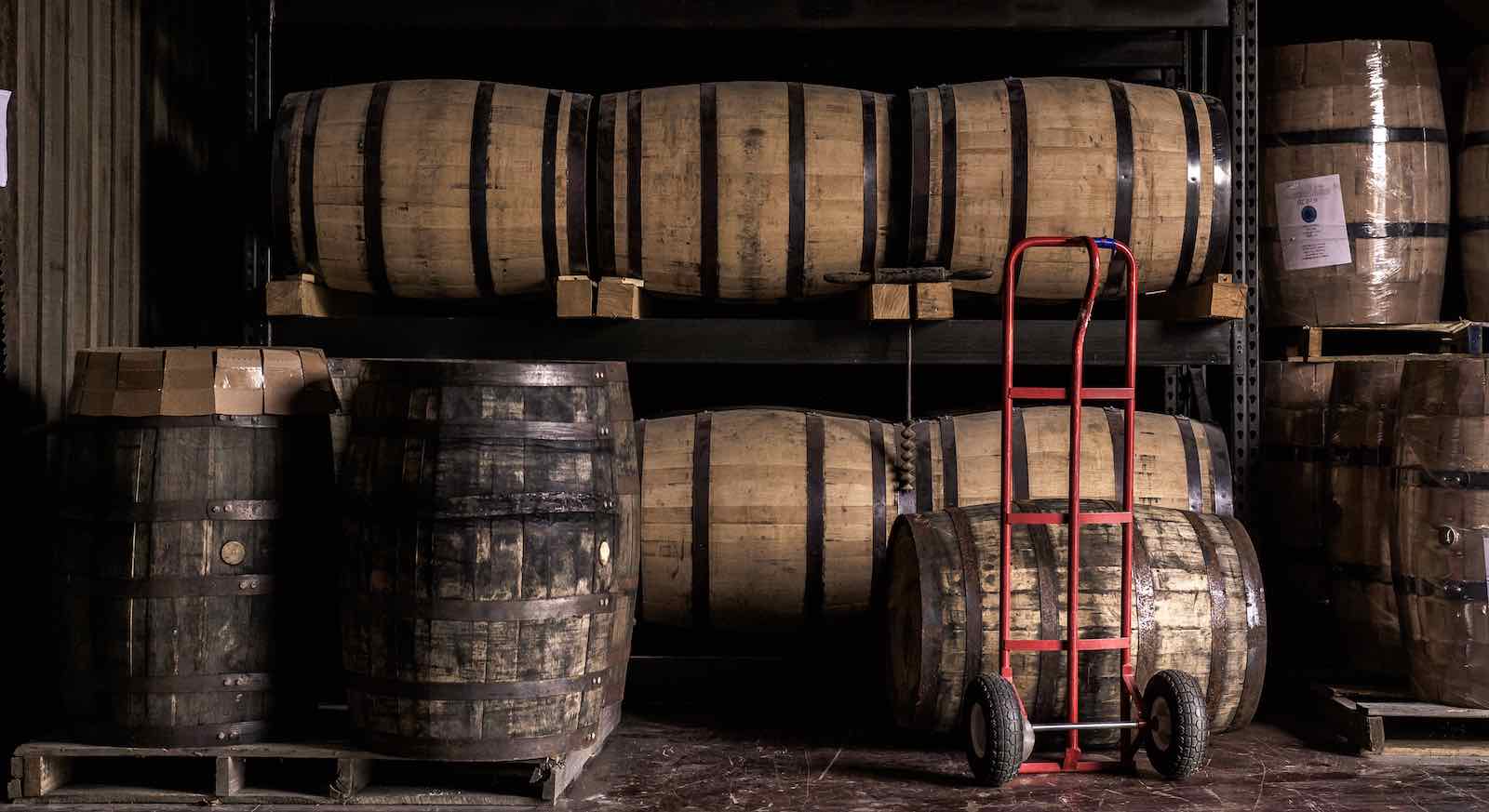Whiskey, often considered one of the world’s most complex spirits, undergoes a fascinating process from grain to glass. In this comprehensive guide, we delve into the intricate steps involved in creating this beloved drink, exploring the art and science behind whiskey production.
Whiskey Production

Whiskey-making is a multi-step process that requires precision, patience, and expertise. Each stage of production plays a crucial role in shaping the flavor, aroma, and quality of the whiskey. Let’s explore the key steps involved:
Malting
Malting marks the beginning of the whiskey-making journey. During this stage, barley grains are soaked in water to initiate germination. The germinated barley, known as malt, is then dried using heat to halt the germination process. The choice of drying method, such as kiln drying or peat smoking, can significantly influence the flavor profile of the whiskey.
Mashing
In the mashing process, the dried malt is ground into a coarse powder known as grist. The grist is then mixed with hot water in a vessel called a mash tun, where enzymes naturally present in the malt convert starches into fermentable sugars. This sugary liquid, known as wort, is separated from the spent grains and transferred for fermentation.
Fermentation
Fermentation is where the magic happens. Yeast is introduced to the wort, kickstarting the fermentation process. Over a period of several days, yeast consumes the sugars in the wort and converts them into alcohol and carbon dioxide. The choice of yeast strain and fermentation conditions can influence the flavor development and complexity of the whiskey.
Distillation
Distillation is the hallmark of whiskey production, distinguishing it from other spirits. The fermented liquid, known as wash, undergoes distillation in copper pot stills or column stills. The distillation process separates alcohol from water and other impurities, resulting in a clear, high-proof spirit known as “new make” or “white whiskey.”
Maturation
The final stage of whiskey production is maturation, where the new make spirit is aged in oak barrels. The porous nature of oak allows the spirit to interact with the wood, imparting flavors, colors, and aromas to the whiskey. Maturation also allows the spirit to mellow and develop complexity over time. The length of maturation and the conditions of the aging environment influence the final character of the whiskey.
Variations in Whiskey Production

While the basic principles of whiskey-making remain consistent, variations in ingredients, processes, and aging techniques give rise to a diverse array of whiskey styles. Here are some notable variations:
Scotch Whisky
Scotch whisky is made primarily from malted barley and distilled in Scotland. It is known for its diverse flavor profiles, ranging from light and floral to rich and smoky, influenced by factors such as regional variations, peat levels, and aging techniques.
Bourbon
Bourbon is a type of American whiskey made primarily from corn and aged in new charred oak barrels. It is characterized by its sweet, caramel-rich flavor profile, with notes of vanilla and oak imparted by the aging process.
Irish Whiskey
Irish whiskey is typically made from a mix of malted and unmalted barley and distilled three times for smoothness. It is known for its light, approachable style, with flavors ranging from fruity and floral to spicy and nutty.
Rye Whiskey
Rye whiskey is made primarily from rye grain and is known for its bold, spicy flavor profile. It is a staple of American whiskey production, with variations ranging from straight rye whiskey to high-rye bourbon blends.
Conclusion
Whiskey-making is a blend of art, science, and tradition, resulting in a diverse range of flavors and styles cherished by enthusiasts around the world. Whether you prefer the smoky depths of Scotch whisky, the sweet warmth of bourbon, or the smooth elegance of Irish whiskey, each glass tells a story of craftsmanship and dedication. So, the next time you raise a toast, take a moment to appreciate the centuries-old craft behind every sip of whiskey.
I’m Chen Mina, from Vol de Nuit, who has a special passion for bartending, especially mixing wine, beer, and cooktail. Here you will find content about alcoholic beverages, I will bring you knowledge that few people know about this drink.





